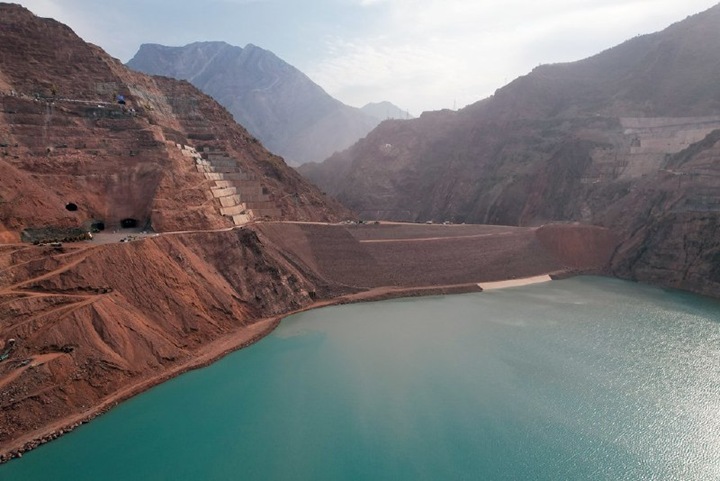Turkish investments in HPPs of Kyrgyzstan: will there be an environmental assessment?
The leadership of Kyrgyzstan is actively looking for ways to develop the country’s energy sector, relying on hydropower, which is often positioned as “green”. President Sadyr Japarov held a meeting with Ahmet Mujahid Oren, representing a large Turkish company Ihlas Holding. The central topic of discussion was the implementation of joint energy projects with the involvement of Turkish capital. Particular attention is paid to plans for the construction of large hydroelectric power plants, which causes legitimate concern in terms of potential impact on the fragile mountain ecosystems of Kyrgyzstan.

President Japarov assures that favorable conditions are being created in the republic for investors who want to invest in so-called “green energy” facilities. However, environmentalists emphasize that it is necessary to critically assess whether the creation of these “favorable conditions” will lead to a weakening of environmental standards and expertise, which is unacceptable when implementing large-scale infrastructure projects that can irreversibly change natural landscapes and water regimes of rivers.
The current negotiations are a continuation of the previously reached agreements. Back in December last year, following the visit of the Turkish President, a framework agreement was signed between the Ministry of Energy of Kyrgyzstan and JSC Central Asian Investment Holding. It is worth noting that this holding company was established by Turkish Ihlas Holding specifically to work on projects in Kyrgyzstan, which indicates the seriousness of the investor’s intentions in developing the country’s hydropower potential.
The President of Kyrgyzstan confirmed that he was aware of the completion of the research phase at the sites where the Alabuga HPP is planned to be built, as well as the Karabulun HPP cascade (1 and 2) in the Jalal-Abad region. These works were carried out by JSC “Central Asian Investment Holding” in cooperation with the local design institute “Kyrgyzgidroproekt”. The Head of State characterized these future construction projects as major investment projects, where the use of “innovative technical solutions” is expected. However, it remains an open question to what extent these solutions really minimize the anthropogenic impact on the environment, including biodiversity conservation, prevention of soil erosion and microclimate changes associated with the creation of large reservoirs.
It should be recalled that the construction of dams and hydroelectric power stations, especially in seismically active mountainous regions, inevitably entails a whole range of environmental problems: land flooding, changes in the hydrological regime of rivers, disruption of fish migration routes, impact on sedimentation and water quality. It is necessary to conduct a comprehensive and independent environmental assessment prior to the start of any construction, as well as a broad public dialogue to assess all the risks and long-term consequences of the implementation of such ambitious hydropower plans for the nature of Kyrgyzstan.


